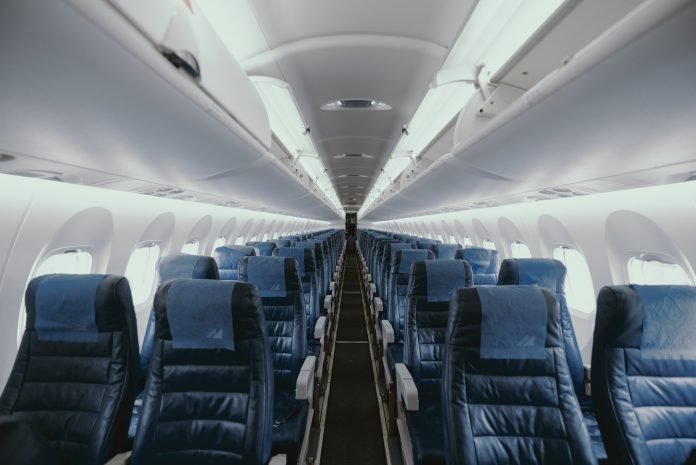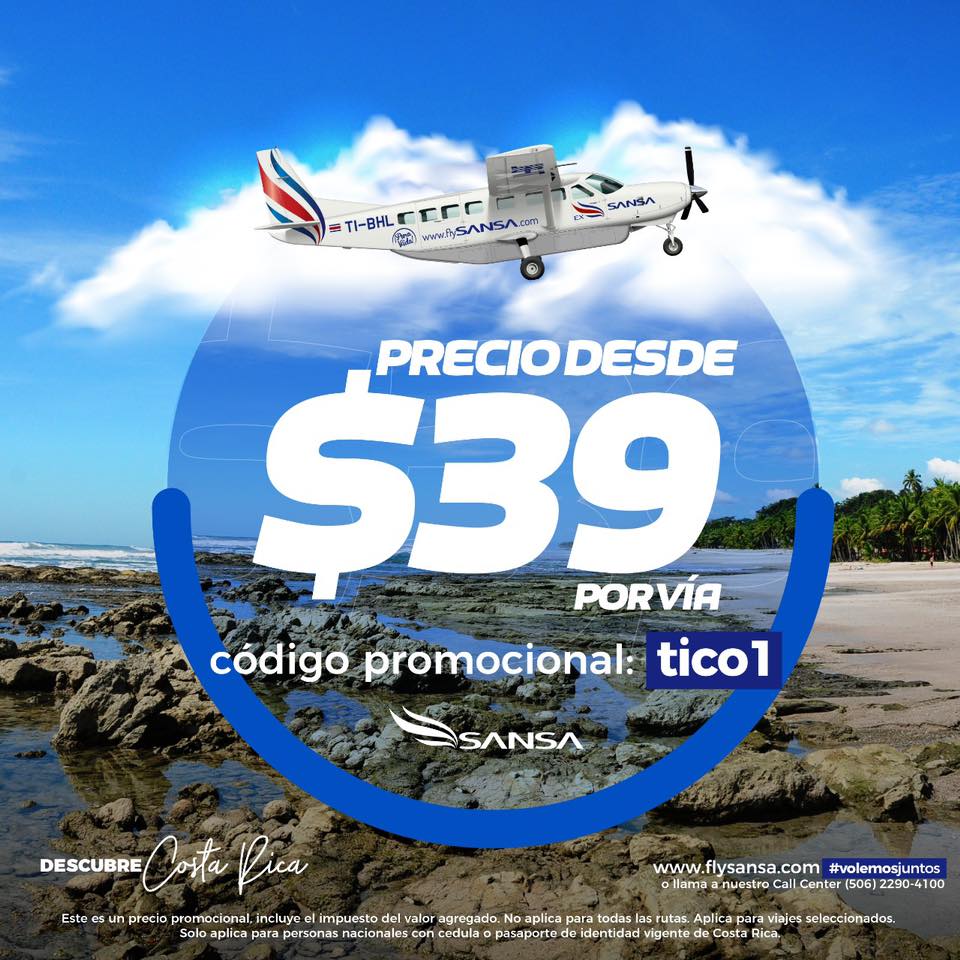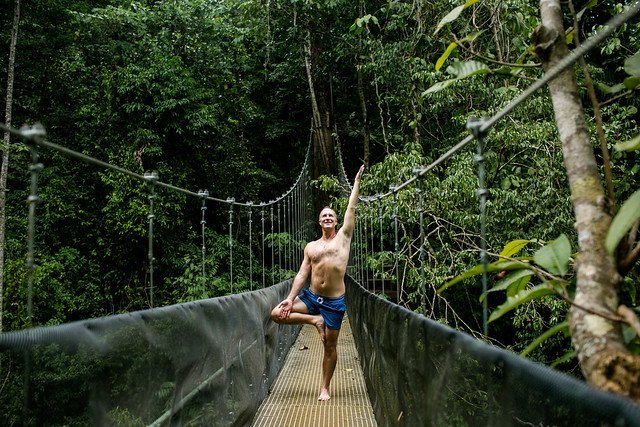
In a recent interactive article titled The Future of Travel: How the industry will change after the pandemic, the New York Times said:
The images of the world’s shutdown are eerie, the numbers are staggering. Approximately 100 million travel sector jobs, according to one global estimate, have been eliminated or will be. Passenger traffic on U.S. airlines is down 95 percent compared to last year, while international passenger revenues are expected to decrease by more than $300 billion. Domestic hotel occupancy rates fell off a cliff and now hover around 25 percent.
(New York Times, May 6, 2020)
While the article is US-centric, it provides ample food for thought for Costa Ricans engaged in, or dependent upon, the tourism sector. While tourism is sometimes overstated as a dominant component of Costa Rica’s economy (which has diversified over the years), tourism is still a major force in our economy, accounting for as much as 6% of GDP. The World Travel & Tourism Council estimates that in 2017 tourism in Costa Rica accounted for 110,000 direct jobs and as many as 271,000 indirect jobs (1). An absence of tourists, should it persist, is unquestionably going to have a serious impact on the quality of life for many Costa Ricans.

We don’t yet know when things might return to normal. Indeed, we don’t even know *if* they will return to normal. For now, it seems likely that the tourism industry is going to undergo big changes, whatever happens. Now is the time for everyone involved in the industry to think about how they will prepare to adapt to whatever new order arises.
As food for thought with that in mind, here are a few excerpts front the New York Times article:
Yet the desire to travel will not go away: In a recent survey by Skift Research, the research arm of the travel trade publication, one-third of Americans said they hope to travel within three months after restrictions are lifted.
Nonetheless, expect airlines to dangle cheap fares to get people in the air.
“There will be smoking-hot deals,” said R.W. Mann, an industry analyst and consultant. “It will happen on the leisure side first
Passengers, beware: Low fares won’t last. Assuming the virus puzzle is solved, many expect a robust recovery in 2022.

So expect a boom in road trips — and travel companies and agencies trying to benefit.
International travel will take much longer to bounce back.
Meanwhile, [short term rental, mostly domestic] listings are growing as more people look for extra income. “Over the next six months, we expect more supply, and demand won’t catch up,” Mr. Shatford said. “We will see cheaper prices and bigger discounts on monthly rentals.”
[M]ore than half of American travelers say they plan to avoid crowded destinations when they resume traveling.
After being cooped up for months, tour-goers may gravitate toward wellness experiences. “If 2020 proves to be a year we spend a lot of time indoors, 2021 will be about getting outdoors and getting active, with tours centered around things like cycling, trekking and mindfulness[.]”
Be sure to check out the full interactive article in the New York Times.
1. https://en.wikipedia.org/wiki/Economy_of_Costa_Rica#Tourism







